As an orthopedic surgeon, I recognize that the knees often take a beating. Golf, tennis, exercise such as running, and even squats can cause problems. One of the more common conditions I see is overuse injuries. Weekend warriors and professional athletes alike should know about overuse injuries and how to prevent them.
An overuse injury is pretty much what it sounds like. Performing the same motions repeatedly or too frequently can stress the supporting structures of the knee. Over the long term, this can even lead to problems like degeneration of the joint (the joint just plain wears out) as well as inflammatory conditions like tendinitis, bursitis and arthritis, and chronic pain.
While desert living means we have many opportunities for outdoor recreation, it also increases the risk of overuse injuries simply because we may spend so much time outdoors. Tennis, golf, team sports like baseball or soccer, and other activities in which you spend a lot of time walking, running or twisting the knee, all increase the risk of an overuse injury.
Symptoms
Pain is the cardinal symptom of overuse. The pain can take many forms – burning, aching, sharp pains or throbbing. It may get better or worse with activity. If it does get better with activity, the pain is likely to worsen shortly after you stop exercising.
The knee is a complex joint with multiple supporting structures, such as ligaments and cartilage, as well as muscles – any of these can become inflamed and begin to hurt from overuse. Sometimes, pain is accompanied by other symptoms, such as swelling. Occasionally people report other symptoms such as creaking, popping or clicking in the knee.
Runner’s Knee
Pounding the pavement or track on a regular basis is great for the heart, lungs and circulation. However, the knees must absorb the force of each stride. Runner’s knee (we doctors call it patellofemoral pain syndrome or PFPS) is the most common overuse injury seen in runners. The patella (kneecap) irritates the groove at the end of the femur (thigh bone) in which it rests. Usually this occurs because the patella is slightly out of alignment, which tends to occur when the quadriceps muscles in the front of the thigh are not well conditioned and the hamstring muscles in the back of the thigh are too tight.
Conservative Treatment
Once you develop an overuse injury, most orthopedic surgeons will begin with what we call RICE: rest, ice, compression and elevation. Since overuse results from doing too much of a good thing, rest is essential. Ice helps reduce swelling, inflammation and pain. A compression bandage provides support and helps reduce swelling. Elevating the knee can also be helpful.
Over-the-counter pain medications like ibuprofen can also help with pain and inflammation. It’s important – especially for professional athletes or those who regularly play sports – not to lose condition. In that case, I might suggest you change up your exercise routine. For example, runners might benefit from swimming, as weight-bearing isn’t an issue and there’s less stress on the knee. As the pain subsides, a targeted exercise program created by a physical therapist or qualified fitness trainer can help strengthen and loosen tight muscles with stretching exercises.
Although RICE can provide a good starting point, sometimes patients need more. A joint injection can help relieve pain for a period of time. The injection doesn’t do anything for the structural problem, however, so a targeted exercise program is still important. AmnioFix is a more specialized type of joint injection that contains growth factors that can help stimulate damaged cells and help them heal. It may also help reduce inflammation, which is damaging to tissues over the long term.
Surgery
When knee pain continues despite conservative therapy, I usually suggest an arthroscopy. This procedure uses very small incisions into which I can insert a tiny camera and actually look inside the knee joint. In many cases, we can correct minor problems arthroscopically.
Arthroscopy doesn’t usually require extended healing time and there is much less pain than occurs with more extensive procedures. Sometimes, however, there is so much damage to the knee that the joint actually begins to disintegrate. Cartilage covering the bone wears away and allows bone to rub on bone. When the knee gets to this stage, a total knee replacement may be the only thing that can solve the problem, stop the pain and improve mobility.
Prevention
The key to preventing overuse injuries is not to do too much, not to do it too soon, and to pay attention to your body. If your knee starts to hurt, your body is trying to tell you something, so listen. For example, running several miles a day every day greatly increases the risk of an overuse injury – your body needs time to rest and recover. Prevention of runner’s knee specifically is a matter of exercises to strengthen the quads and stretch the hamstrings. Be aware, however, that squats (often recommended to strengthen the quadriceps muscles) can make runner’s knee worse (or if you aren’t a runner, can cause it in the first place).
You should also focus on keeping your muscles strong, balanced (muscles work in pairs) and flexible. No matter what sports or activities you choose, your exercise program should include aerobic exercise, strength training, flexibility and balance exercises.
Once you’ve found a favorite sport or exercise, do keep at it. There are so many important benefits to regular exercise for your heart, lungs, bones and overall health – so please get out there and go. However, do stay aware of your body. It’s always easier and more effective to head off problems entirely or to catch them when they’re minor. If you develop pain in your knees, especially if it gets worse or never really goes away, you may be in the early stages of an overuse injury and should consider seeking medical care.
Orthopedic surgeon Dr. Sydney Pardino serves as Director of Sports Medicine at the esteemed Institute of Clinical Orthopedics and Neurosciences at Desert Regional Medical Center. More information about his orthopedic practice may be found at www.cuttingedgeortho.net.





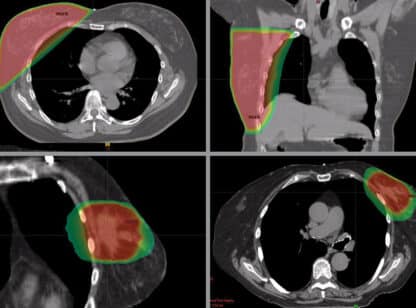

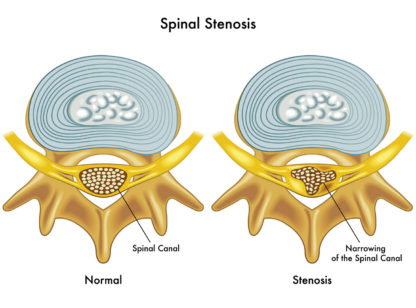




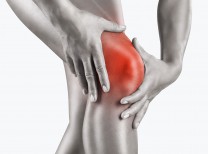


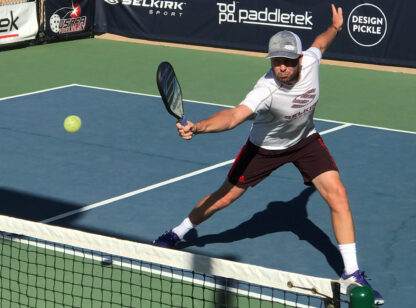























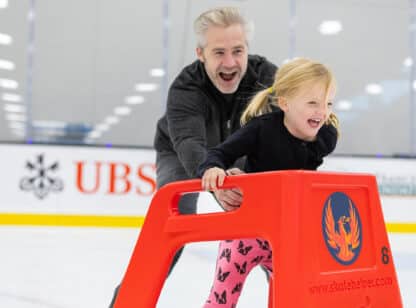

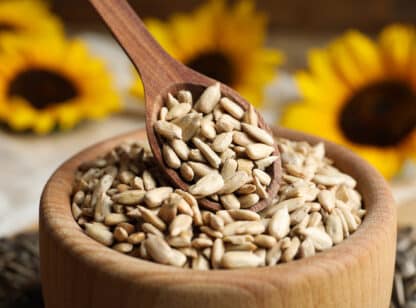

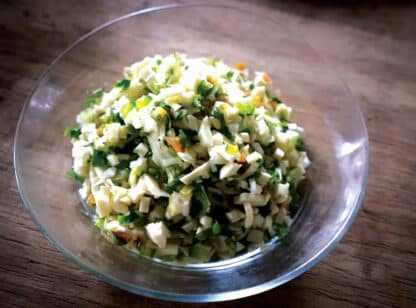
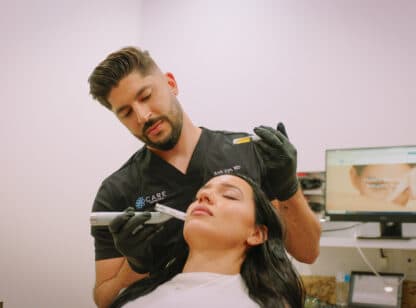
Comments (0)